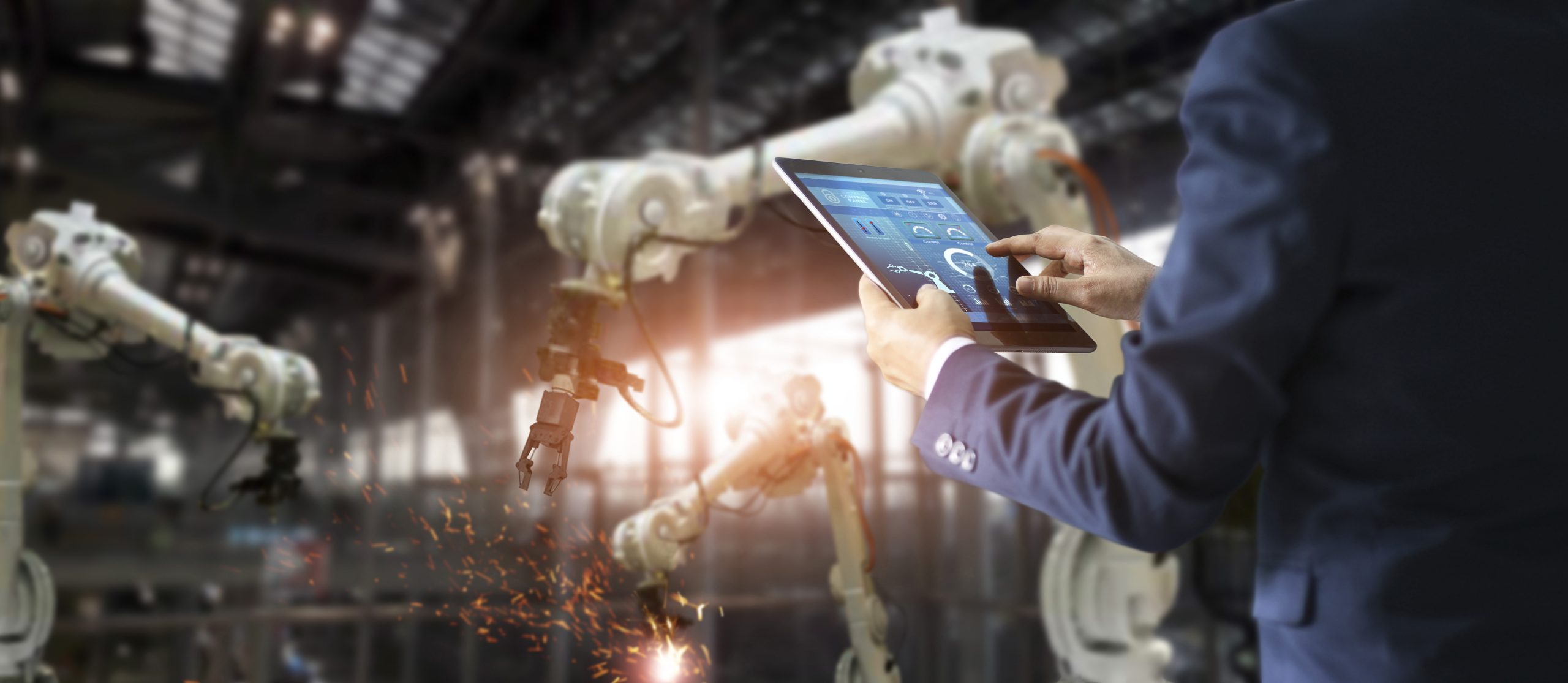
There’s no denying the potential of artificial Intelligence (AI) and digital tools to transform energy. They hold immense promise for optimizing supply and demand, accelerating the shift to lower-carbon energy systems. However, for many companies grappling with understanding AI’s practical value, widespread adoption remains a hurdle. While I see industrial AI as an accelerator, remember, you don’t need an all-or-nothing approach. Start with the most relevant use cases for your business.
As Schneider’s Chief AI Officer, Philippe Rambach, emphasizes, “Successful AI execution requires understanding its true capabilities beyond flashy demos, and its impact on your business.” This business-centric view empowers leaders to answer the crucial question: “To AI or not to AI?”
How does digitalization and industrial AI deliver near-term benefits?
1. Reduced Carbon Emissions: AI can optimize energy-intensive processes in factories, buildings, and even water treatment plants. For example, Gradska Toplana, a district heating utility in Karlovac, Croatia, serving over 8,000 citizens uses Schneider Electric’s District Energy system with AI Load Forecasting to predict heating needs, optimize energy use, decrease both operational and maintenance costs, and cut emissions.
2. Optimized Energy Demand: AI can manage microgrids and electric vehicle charging stations, ensuring efficient energy use, and avoiding peak demand times. Schneider Electric’s EcoStruxure™ Microgrid Advisor software optimizes energy supply and demand by analyzing data from various sources, helping customers like Citycon shopping center, in Lippulaiva, Finland approach net zero. Here we used a machine learning algorithm that constantly analyzes data from energy generators, EV charging stations, batteries, backup generators, HVAC systems, lighting systems, UPS, combined heat and power (CHP), and utility metering to dynamically optimize energy supply and demand.
3. Enhanced Operational Efficiency: AI is revolutionizing operational efficiency. By leveraging AI’s analytical power, companies can optimize processes, minimize downtime, and achieve significant performance improvements. Spanish energy giant Acciona exemplifies the transformative power of AI in boosting operational efficiency. Together with AVEVA, Acciona implemented the PI System, a data management platform that integrates seamlessly with AI applications resulting in a remarkable 20% increase in operational efficiency. They also achieved a 4.6% reduction in energy consumption for a specific high-pressure pump and prevented three full factory outages by predicting issues in advance.
Industrial AI: A Business-Centric Perspective
Regardless of the use case, data quality, trust, cybersecurity, and digital risk are paramount for any AI integration.
Data quality and trust
Every industrial AI model, whether machine learning or generative, relies on the data it’s trained on. OpenAI’s GPT, for instance, was trained on vast internet data, which can be biased and inaccurate. This is why early large language models (LLMs) might not be ideal for highly regulated industries like energy.
So, how do we address this trust issue? By keeping humans in the loop. Data scientists and domain experts can validate and refine models using high-quality data, ensuring greater accuracy. As AI becomes more embedded in everyday processes, ensuring data quality and addressing potential biases in training data is crucial. At Schneider, we also leverage AI for data cleansing to remove biases and ensure responsible AI deployment.
Cybersecurity and digital risk
Cybersecurity and digital risk are top concerns for many executives. As the CEO of a company driving energy transformation through digitization and AI, I’m often asked, “How fast is AI coming?” and “What are the risks?”
The truth is, AI is already here. AI conceptually has been around for nearly 70 years. Schneider Electric has been working with AI models for over 40 years, and we established a dedicated AI organization a year before OpenAI GPT emerged. We also appointed a Chief AI Officer to ensure AI strategy has a prominent role.
If your company is still formulating an AI strategy, consider partnering with experienced vendors to complement your efforts. Integrating cybersecurity and managing AI risks must be core elements of your business strategy, not afterthoughts. Schneider implements robust security measures and clear data governance to safeguard sensitive customer data used in AI applications. Additionally, an AI risk strategy should anticipate regulations like the EU’s Artificial Intelligence Act. In the US, frameworks like NIST’s AI Risk Management Framework can help energy companies responsibly accelerate AI innovation.
Schneider adopted this same approach to digital risk during the industry-wide digitization wave two decades ago. In today’s age of rapid digitalization, both AI and digital risk ultimately translate to business risk, and they must be managed accordingly.
The Future of Energy with Industrial AI
As a long-time software engineer passionate about data, digital twins, and decarbonization, I’m energized by the potential of industrial AI and its impact on the energy industry. We have the technology today to drastically reduce CO2 emissions by 70%. Now, we need swift deployment of these technologies on both the supply and demand side (where 55% of the carbon transformation resides).
With concerted effort and supportive policies, we can scale these solutions and empower the energy industry to spearhead the transformation of energy systems. Incremental change is no longer enough. We must leverage AI to revolutionize energy production and consumption, paving the way for a cleaner planet and a sustainable future for all.




Add a comment